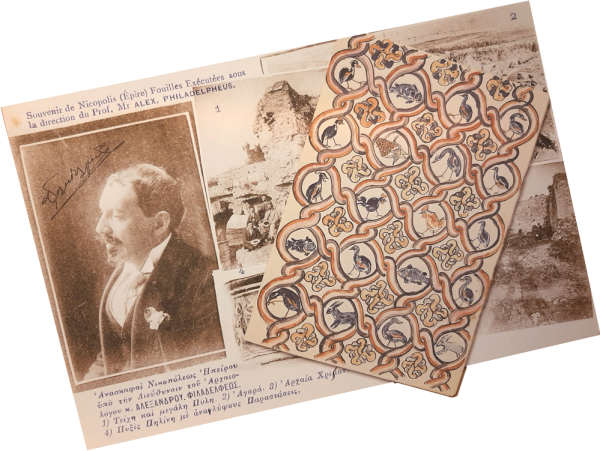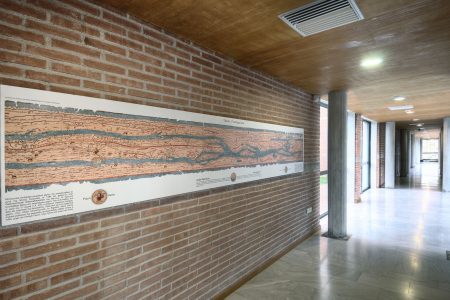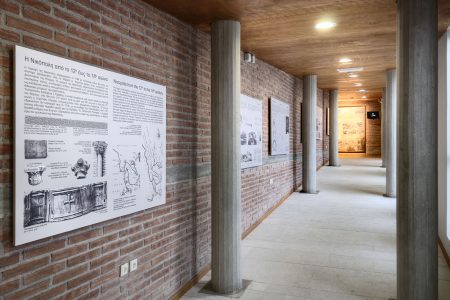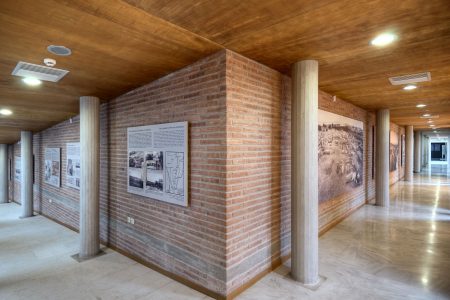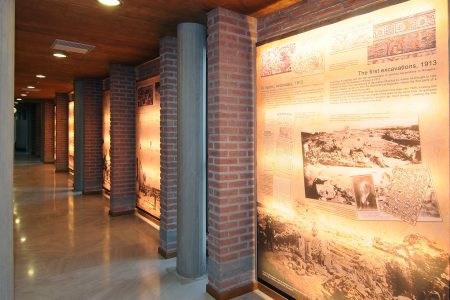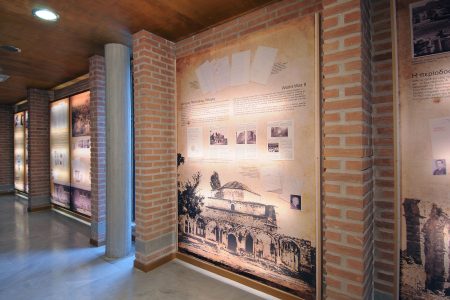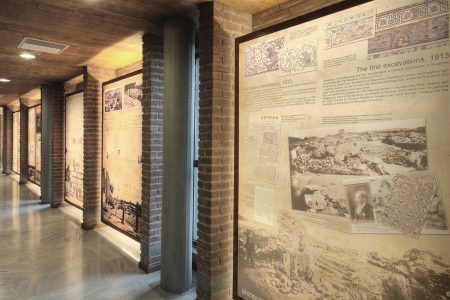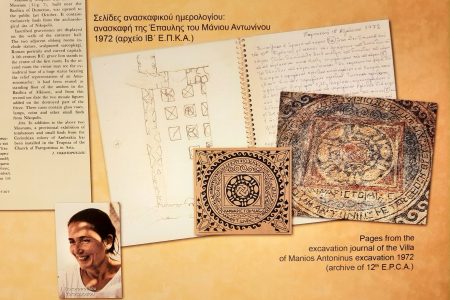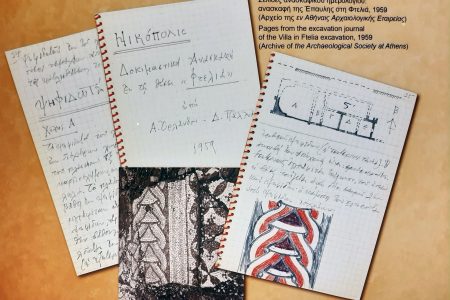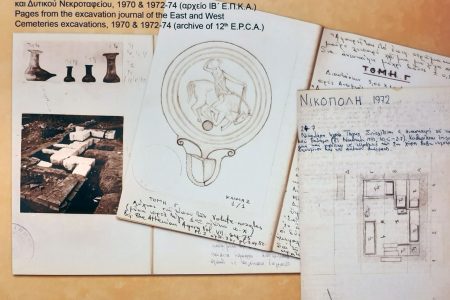
Nicopolis through the Middle Ages onto the Present
This section of the exhibition delves into the history of Nicopolis from its abandonment in the 10th century until the establishment of the Archaeological Museum of Nicopolis (AMN).
Through a wealth of visual materials, visitors gain insight into the city’s transformation during this period. Preveza emerges as the successor to Nicopolis, while the ancient city serves as a quarry for construction materials as its monuments face systematic looting.
Capitals, panels, porticoes, and inscriptions from Nicopolis find new life as building materials in structures from the Despotate of Epirus, Venetian rule, and particularly during the Ottoman period. Ali Pasha of Ioannina even conducted his own excavations in the area.
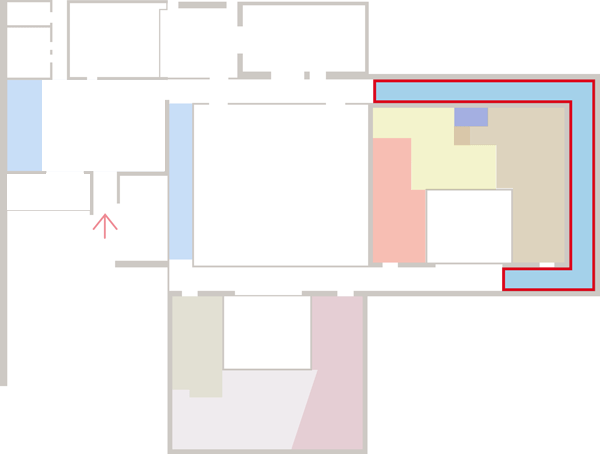

Around the time of Epirus’ liberation in 1913, archaeological excavations in Nicopolis commenced, led by Alexandros Filadelfeus in collaboration with the Archaeological Society of Athens.
The research began with a focus on the Monument of Augustus, one of Octavian’s initial structures in the city. Despite numerous challenges, Filadelfeus persisted in his work until 1928, with the findings then exhibited in the Diokitirio (courthouse) for the local public to explore.
During the Second World War, all research and excavation activities were suspended, and the area of Nicopolis was repurposed as a campsite.
Following the war and the establishment of the Archaeological Department, excavations at the site resumed, gaining momentum from the mid-1990s onward.
In 1999, construction of the museum itself began. By 2006, the building was completed, followed by the process of equipping, and exhibiting the archaeological treasures.
In 2009, the Archaeological Museum of Nicopolis opened its doors to the public.
